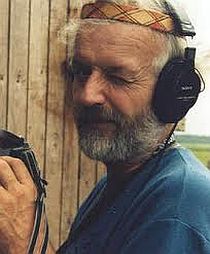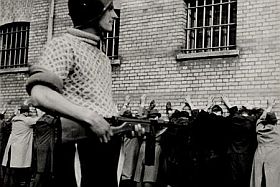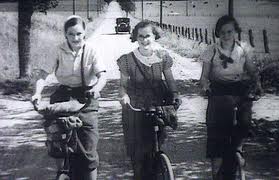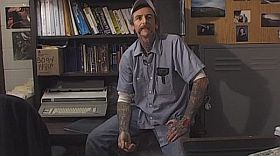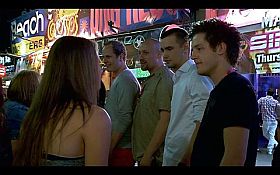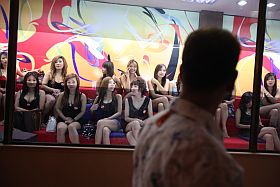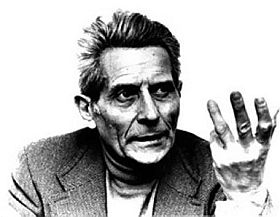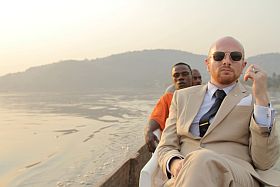Drengene øver sig i at kontakte pigerne. Det gælder om at turde, at få sagt noget, at holde en samtale med den valgte pige så mange sekunder som muligt. Det er en øvelse. De er på kursus på Speed Up Life Academy. De skal til eksamen i mod og andet om knapt fire måneder. De er lige i begyndelsen af kurset, på ryste sammen rejse til et sted i Spanien. Kameraet ser drengene. Med pigernes blik – og de er søde, ser jeg tydeligt, de ser, pigerne.
Problemet er, at drengene ikke ved at de er søde. De er usikre, skuffede, sårede, hæmmede. Det er derfor, de er på psykologikursus. Og der får de at vide, at det kan de gøre noget ved. Som kærlighedslivets kampsoldater træner de sådan tilskyndet med mange mange mavebøjninger, og de lærer at skrige sammen før slaget: Jeg er komplet ligeglad med, hvad andre tænker om mig. Og: Agressivitet er bedre end passivitet.
Gustafssons elegante tv-dokumentar er lige ved, men kun lige ved at blive en rigtig, rigtig klog film. Men den fortaber sig i sine registreringer, sine fine, fine lytninger og iagttagelser, kontrolleret nervøst filmet og flot, flot klippet i en pulserende urolighed, som aldrig bliver rod, som trods jeg hele tiden synes, jeg keder mig, holder mig fast hen over krisepunktet i nærheden af 30 minutter. Igen en film, som vokser og vokser. Imidlertid når den ikke frem til analysens sammenfatning, den siger vist nok, for mig skuffende, at den vil overlade læsningen til mig. Men jeg er ikke interesseret i drengene, jeg er interesseret i Gustavssons anliggende i feltet mellem journalistik og filmkunst, men han giver ikke noget fra sig at læse. I stedet får den charmerende direktør for akademiet det sidste ord. Hos tatovøren ligger han og får sit (og filmens?) credo printet med temmelig vandfast blæk i sin arm: “Med disciplin, målbevidsthed, ærlighed, mod og kærlighed kan du opnå alt det, du sætter dig for. Den rigtige indstilling betyder alt, og ingen vil se mig give op. Fordi jeg vil simpelthen ikke.”
Anders Gustafsson: Succesjægerne, Danmark 2011, 40 min. Manuskript: Anders Gustafsson, fotografi: Anders Gustafsson og Niels Thastum, klip: Anja Farsig og Rasmus Steensgaard Madsen, produktion: Plus Pictures, producer: Mette Heide. Sendt på TV2 maj, 2012. Set på Filmstriben.dk



